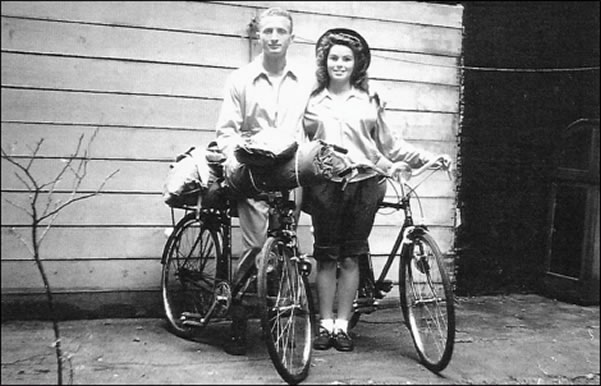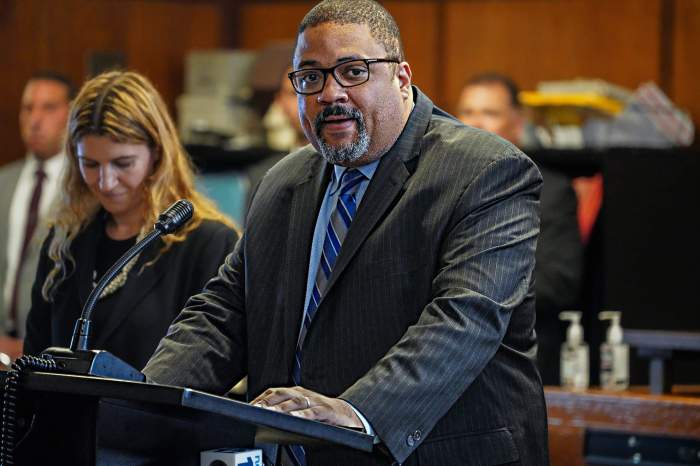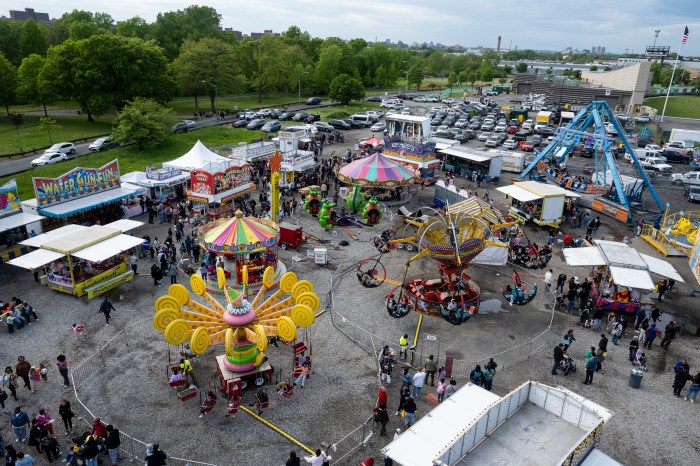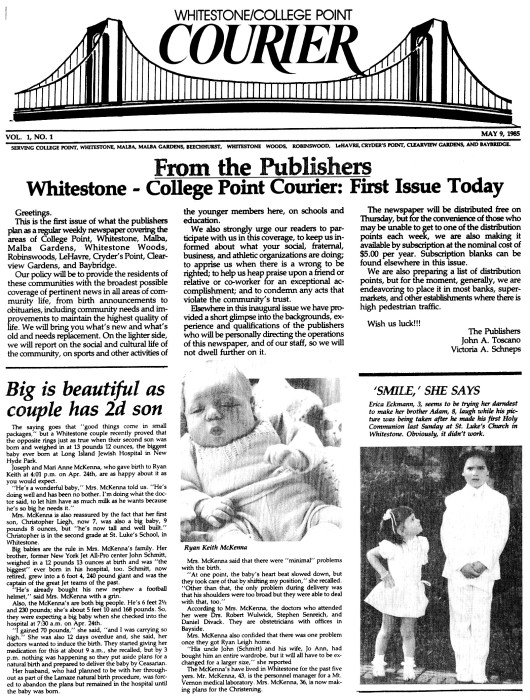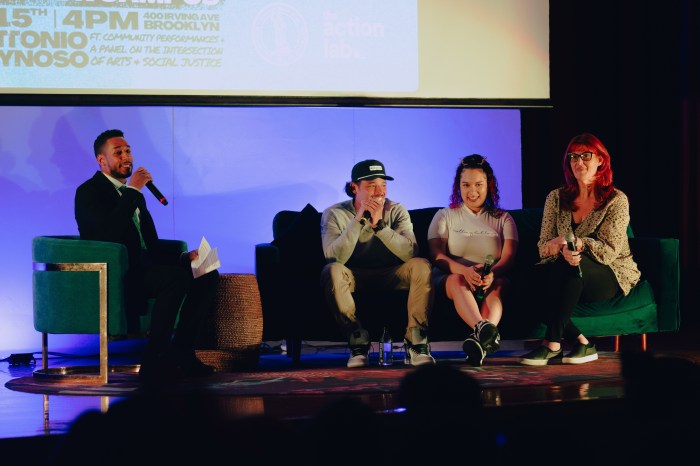By Catherine L. Fleck
On Oct. 15, 2010, an article by Dan Barry was published in The New York Times entitled “Death of a Fulton Fish Market Fixture,” in which he sketched that bit of the life of “South Street Annie” — also known as “Shopping Cart Annie” — that he knew. In his article, Barry wondered just who this person really was, and presented what he characterized as an “incomplete, partially hidden” portrayal of Annie, whose given name was Gloria Wasserman, an account which had been cobbled together from “old photographs, faint remembrances and snippets of things once said to make sense of the life lived.”
In one of the memories brought forth in his sketch, Barry tells of how in the summer of 1947, Gloria, at the age of 22, accompanied a World War II veteran — her future husband, my father — Fred Fleck, on a bicycle trip to Alaska. But we are left wondering about this trip, about “Annie,” and about the person who accompanied her on that bicycle trip to Alaska.
Fred Fleck has now also died — on Jan. 19, 2011, at the age of 92. Like Annie’s, his is a story worth telling — that of another New Yorker who lived a very interesting life, during interesting and difficult times. In telling his story, a bit more of the lives that crossed with his become less hidden, and more of the history of those lives lived is revealed. What follows is another cobbling together of a life now passed, drawn from the memories of lifelong friends, and family.
Frederick Samuel Fleck was born in the Bronx on Nov. 15, 1918, four days after the end of World War I. Fred spent the next 24 years living and working in New York City. Graduating from Morris High School in 1935 — in the middle of the Depression — Fred’s jobs included working as a shipping clerk in a factory, selling butter and eggs door-to-door, selling coffee and sandwiches for 5 cents each from a truck to W.P.A. workers, and working as a porter in the New York City subway system. By 1942, he felt he had it made: He was working at a civil service job as a trolley motorman in Brooklyn.
In December of 1942, Fred was inducted into the Army’s Signal Corps. Earlier, during the fall of 1942, Fred had read a news story in the Bronx Home News that had piqued his interest; the Army had a need for a mountain division of ski troops, and was calling for applications. Fred applied, and after a month of basic training in the Signal Corps, at Ft. Monmouth, N.J., Fred was transferred to Camp Hale, Colorado. He had made it into the Ski Troops, the 10th Mountain Division. As Fred told it, “There, a life of excitement, adventure, travel, families, and different careers began.”
At Camp Hale in 1943, Fred became the squad leader in the first platoon, Company B, 86th Regiment, where he met and became friends with Ed Fancher. They were in the same barracks and the same company, and later served together in Italy. Fred earned several medals for his service, including the Purple Heart, and a Bronze Star Medal with one oak leaf cluster. The friendship between Fred Fleck and Ed Fancher that began at Camp Hale in 1943, lasted 68 years.
In a personal communication, Ed Fancher describes the time he and Fred spent in Italy:
“We were first quartered with about ten partisans in a stone farmhouse on a hill looking out over a valley to German positions on Mount Belvedere and Riva Ridge, soon to be our combat objectives. … A few weeks later, we made our famous night assault in the snow on Riva Ridge. Our company took our objective in our sector with only one casualty that night, but the next day, a group of our men were shelled by German artillery resulting in several casualties. Fred rushed down to help the wounded and he was himself wounded in the arm with shrapnel [Feb. 21, 1945]. Although wounded, he insisted on walking down the mountain alone to the first aid station. Luckily he made it down the mountain before shock set in too badly. The day Fred was hit I was sent down the ridge to Campiano, where we fought off counterattacks for five days.”
In this same communication, Ed Fancher recalls the summer of 1947, when both he and Fred were again living in New York City, after the end of the war.
“Fred and I and another 10th Mountain man, Rolland Osgood, were living in a tenement on Pitt Street on the Lower East Side. Fred and I had planned to go to the University of Alaska that summer, but I backed out at the last minute. Fred then decided to go anyway. …”
This was when Fred Fleck met Gloria Wasserman. Fred was visiting his brother-in-law, who worked for Harry Winston in the Diamond District of New York City, and, as Fred told the story, an acquaintance of his brother-in-law, Gloria, showed up to say she wanted to accompany him to Alaska. Taken aback, Fred said he’d have to test Gloria’s stamina for such an arduous trip; he later recalled that Gloria, after the two of them had vigorously bicycled about on their test of her stamina, had actually shown more than he had. So the two of them headed out for Alaska. As Ed Fancher described it, “[Fred] and Gloria set out from Pitt Street for Fairbanks on bicycles, while a family of Gypsies watched their departure in disbelief.”
More than 50 years later, in a personal communication in 1998, Gloria tells of that trip to Alaska, and of her long friendship with Fred Fleck, which survived well after they had divorced:
“We bicycled for nearly three months across the U.S. — up to Canada — the Yukon Territory, White Horse, and 3,000 miles of Alcan Highway. The American Army built that highway in the wilderness in 9 months during the 2nd World War.
“When twilight would fall we would put up a small nylon tent by the side of the road. Fred would recite poems from the ‘Leaves of Grass’ and ‘The Waking’ by Theodore Roethke and also read from Gibran’s ‘The Prophet.’ It was a happy and exciting time.
“Finally, we rolled into Fairbanks, 2nd largest city in Alaska. Only two streets were paved. It was truly the ‘last frontier’ in 1947. Fred went on to enroll in the University of Alaska, high on a hill, where he spent his free time skiing.
“He traded in our trusty bicycles for a small room in John and Lotti Pace’s house. The house must have been at least 150 years old. You had to be brave to get out in the minus 10 degrees weather to use the ‘outhouse.’ There was no modern plumbing. Another feature of that warm, loving home was an old fashioned wood stove in the kitchen. We enjoyed many a delicious meal with the Pace family.
“Fred and I have kept in touch throughout the years. He has helped me from time to time in family matters and I am proud and glad he is still in my life.”
The years following that trip to Alaska with Gloria, Fred traveled a fair bit, working and living in various places — from New York City, to the Alaskan tundra, to Arizona. From 1948 to 1953, he worked with Ed Fancher as a trucker in New York City, while attending the New School for Social Research. He worked as a school maintenance man in an Eskimo village in Kasigluk, Alaska, from 1951 to 1952. In the summers of 1951 to 1953, he worked as an Alaska tugboat cook on the Kuskokwim River, and as a longshoreman. During 1951 to 1953, Fred also worked as a social worker in Arizona, in Holbrook and on the White River Apache Indian Reservation.
Ed Fancher recounts this period in Fred’s life in a personal communication in 1998, when friends and family contributed to a book of memories, to be presented to Fred on his 80th birthday:
“When Fred returned from that Alaska adventure he went to Fordham where he finished his B.A. and then to the New School for Social Research, for his M.A. in psychology. We were both living on the $150 a month from the G.I. Bill of Rights, so we needed a little extra income. I had a 1937 Plymouth pickup truck at the time, so Fred and I started the Fancher and Fleck Trucking Company, shortened to F & F Trucking, to supplement our income. We did light moving in the Village mostly, but much of our business seemed to be moving 18-year-old girls from their families in Brooklyn or Queens to Village tenements where they could become ‘liberated’ and Bohemian.
“By 1955, after further adventures in Alaska, Arizona, etc., Fred returned to New York and became a student at the School of Social Work of Columbia University, where he succeeded in persecuting the school to the point of getting himself kicked out. While he was suing Columbia over his dismissal, Dan Wolf and I were planning to launch the Village Voice. Fred was our first employee.”
The first issue of the Village Voice, Vol. 1, No. 1, carried as its lead story, “Village Trucker Sues Columbia,” which told of Fred Fleck’s battle with Columbia:
“A 36-year-old Village trucker, expelled from the New York School of Social Work of Columbia University in March, claims that his expulsion was improper and is suing the University for $50,000. Papers in the suit were served Monday.
“Frederick Fleck of Christopher Street was expelled from the school on March 23rd of this year — the day after a signed editorial critical of the school’s training methods appeared in a student publication of which he was editor. Fleck claims — and the school’s spokesmen deny — that he was expelled because of his editorial criticism. …”
In 1956, while living in Greenwich Village, Fred met and married Judith Parke White, daughter of Margaret Marshall and Hal Saunders White. Fred and Judy drove across the country to Short Creek, Arizona/Utah (Short Creek spanned both sides of the border between the states) in the summer of 1956. In this polygamist village, Fred worked as a social worker and a teacher. Across the next decade, he continued to work as a school teacher in six different school districts in the four corners of Arizona, including such places as Ft. Huachuca, Naco, Douglas and Chinle. From 1965 through 1966, Fred studied at the University of Arizona in Tucson, receiving an M.A. in education.
In 1966, Fred and his family moved to Southern California, where he remained until his death. Fred worked as a reading specialist at Ontario High School until 1985, when he retired to take care of his son, who had A.L.S.
After moving to Southern California, where Fred and his family had somewhat “settled,” they continued to travel during the summers — across the country and to Mexico — for the next couple of decades. In the 1990’s, in his 70’s and 80’s, with his children grown, Fred maintained his pattern of traveling to visit family and friends — crossing the country to New York, driving to Mexico and traveling to Europe. Living independently until he was 87, Fred then moved to an apartment four blocks from his son’s house, where the family could help care for him. At 90, Fred moved into his son’s house in Granada Hills, Cal., where he spent the last two years of his life. Over the years, the memories that remained the most vivid, and which stood out the most, were those of that bicycle trip to Alaska and the time he had spent in the 10th Mountain Division.
Frederick Samuel Fleck outlived at least three of his four wives — Gloria, Judy and Ethel — and one child, Daniel. Fred is survived by his sisters, Sophie and Adele; his children, Barbara, Annie, Catherine, Mika, Carol and David; and his grandchildren, Nicolas, Ellie, Nathan, Zoe, Elliot and Ian.
On Sat., Jan. 22, 2011, a funeral service was held for Fred Fleck in Granada Hills. At this service — which was held in the home he had lived in for the last part of his life — Fred’s long, adventurous and well-lived life was celebrated, as was his passion for life, and his extraordinary and deep commitment to family and friends. He will be missed by many.



